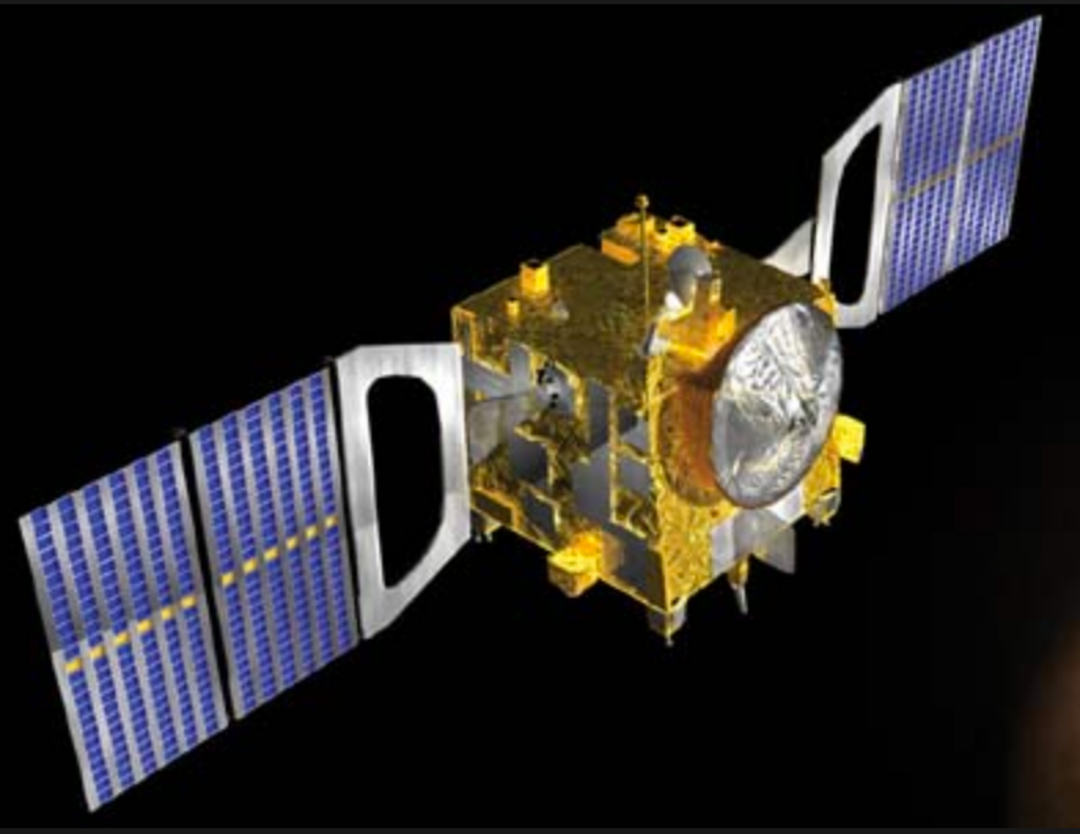
Introduction
Venus Express (VEX), a European Space Agency (ESA) Mission, was designed to perform a global investigation of the Venusian atmosphere and of the plasma environment. Venus Express utilizes instruments that are modified versions of ESA's Mars Express and Rosetta missions. The spacecraft was launched in November 2005 and arrived at Venus on 11 April 2006 and by May 2006 had been lowered into its early operational orbit: a 24-hour elliptical, quasi-polar orbit with a minimum altitude of 250 kilometers and a maximum of 66,000 km from the planet. On 4 August 2009 a series of maneuvers further lowered the pericenter of the orbit to 185-300 km. Venus Express maintained an excellent performance until it exhausted its propellant in late November 2014 and disintegrated in Venus' atmosphere in late January 2015.
Instrumentation consists of:
Analyser of Space Plasma and Energetic Atoms (ASPERA-4)
Magnetometer (MAG)
Spectroscopy for Investigation of Venus (SPICAV)
SPICAV Solar Occultation at Infrared (SPICAV-SOIR)
Visible and Infrared Thermal Imaging Spectrometer (VIRTIS)
Venus Monitoring Camera (VMC)
References
See JGR Planets - Venus Express: Results of the Nominal Mission , Vol 114, Issue E5, May 2009. Introduction by H. Svedhem, D. Titiv, F. Taylor and O. Witasse https://agupubs.onlinelibrary.wiley.com/doi/toc/10.1002/(ISSN)2169-9100.VENUSEXP1
Access to the data
Venus Express is an ESA mission and the data is available via the PSA portal
 PDS: The Planetary Atmospheres Node
PDS: The Planetary Atmospheres Node



